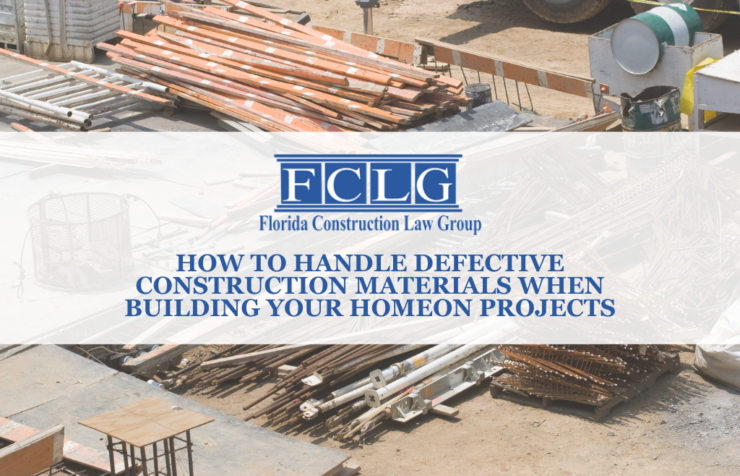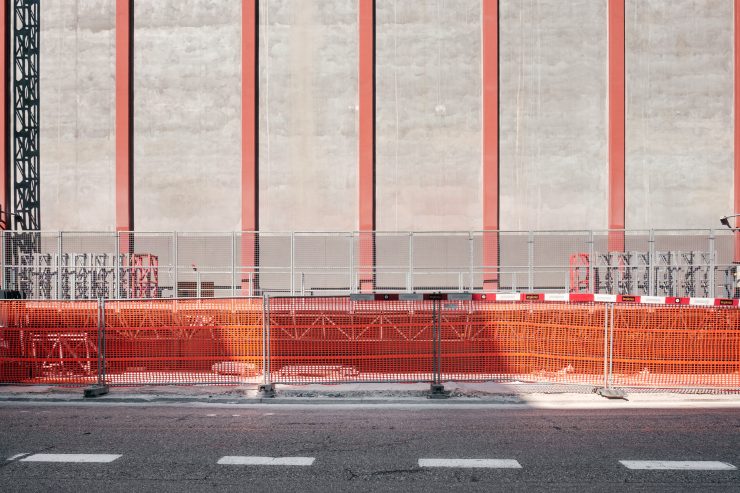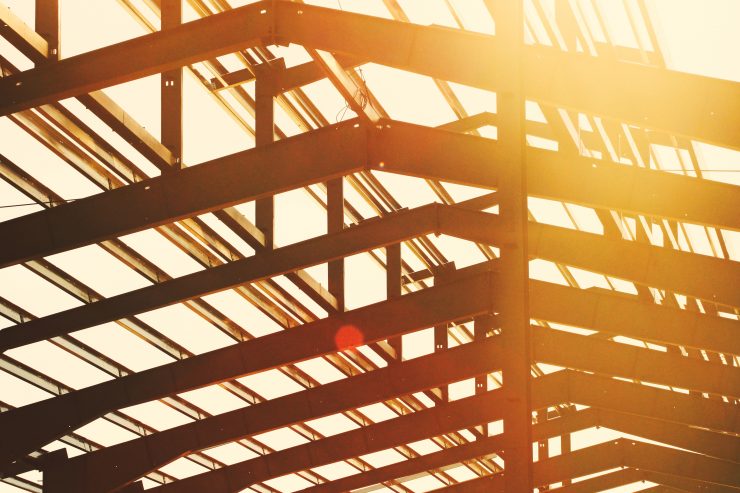There are numerous challenges that people face when they build a new home. One of the more significant hurdles you may encounter is learning that defective construction materials were used. Any future homeowners in this position must address these challenges effectively. Doing so protects your investment and will avoid delays and extra costs.
What To Look For
The first step in managing defective materials is being close enough to the project to observe it. When materials arrive or are being used, inspect them closely. If you notice that the materials need to be of better quality or match what was agreed upon in your contract with the general contractor, document these discrepancies immediately. This documentation could include taking photos, noting the delivery dates, and recording all communications regarding these materials.
Be sure to compare the materials against the specifications in your contract to confirm the defects. Involving an independent inspector can also objectively assess the material quality. Keep track of any additional costs incurred due to these defects. It’s also wise to stop using defective materials immediately to prevent further issues in the construction process. Informing your architect or designer about the defective materials can provide additional support, as they might offer technical advice or alternatives. Regular updates to your general contractor about material inspections can also help maintain quality control throughout construction.
After identifying the defects, communicate with your general contractor right away. This communication should be in writing, detailing the defects and attaching any evidence you’ve gathered. Review your contract with the contractor to understand any terms related to material quality and handling defects. The agreement might specify steps such as returning the materials or getting replacements from the supplier. Emphasize the urgency of the matter in your communication and request a prompt response to avoid further delays in your home construction. Establishing a clear timeline with your contractor for resolving the issue is essential, including deadlines for replacing the materials. If the contractor sourced the materials, remind them of their responsibility to ensure quality and adherence to the contract specifications.
Finding the Path Forward
Once you’ve informed your general contractor, figure out the next steps together. This may involve deciding whether to wait for new materials or source them from a different supplier. Consider how these decisions will affect your home’s construction timeline and budget. If the defective materials cause significant delays or extra expenses, these should be discussed openly with your contractor. Discuss potential temporary solutions or adjustments that can be made while waiting for the new materials. Maintaining a collaborative approach with your contractor is essential to finding the best solution. Keep detailed records of these discussions and any agreements made to ensure a clear understanding between both parties. Consider also the possibility of seeking a reduction in costs or compensation from the contractor for the inconvenience and delays caused by the defective materials. Ensuring these negotiations are documented will record any agreed-upon concessions or compensations.
If the response to your complaint about the faulty materials is unsatisfactory, or if these materials have significantly impacted your home construction, legal consultation may become necessary. Your attorney will explain your rights and potential actions based on your contract and specific circumstances. Legal support is paramount in negotiations with the contractor or supplier or if legal proceedings are required. A lawyer can also help you understand any
compensation you may be entitled to for the delays and additional costs caused by the defective materials. This legal advice can be invaluable in ensuring your rights are protected, and you receive fair treatment under your contract.
Florida Construction Law Group Dealing with defective construction materials during home building demands careful handling to mitigate impacts on your project. Each step is equally important, from monitoring materials to documenting and discussing issues with your general contractor. Consider scheduling a consultation if you face challenges with defective materials in your home construction and need legal guidance. The Law Office of Ray Garcia, P.A. is prepared to assist you with these issues, ensuring your dream home project stays on track.





